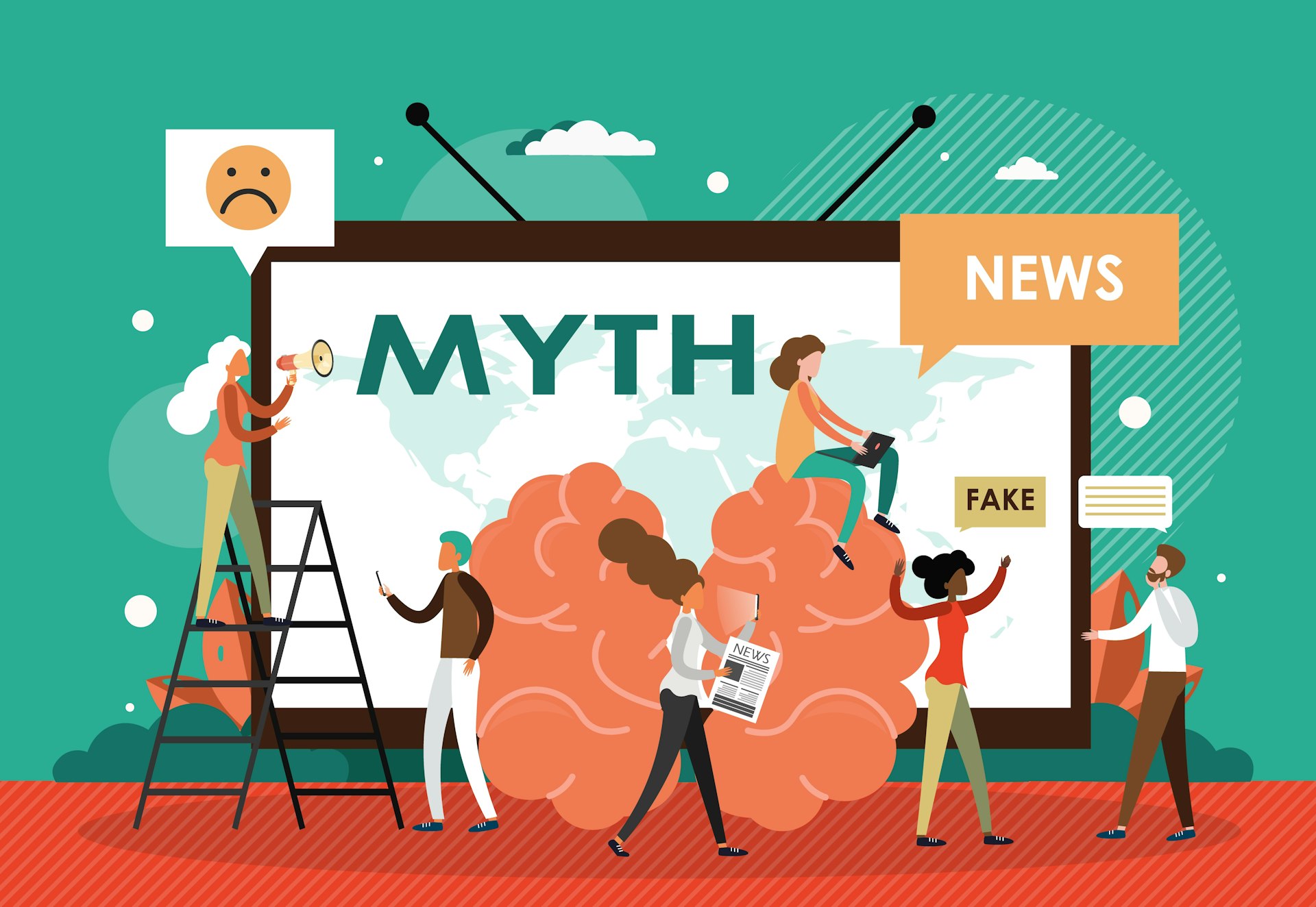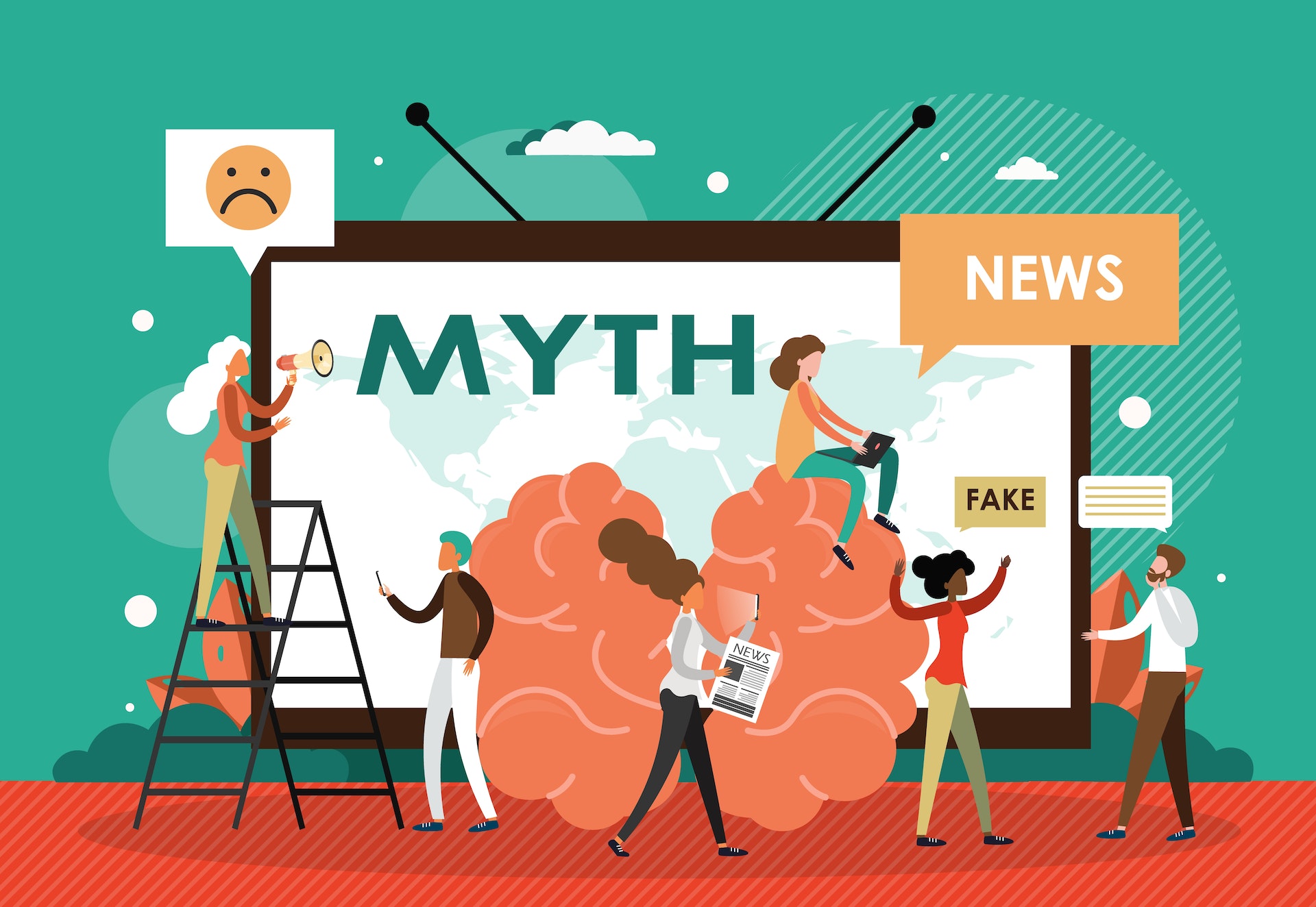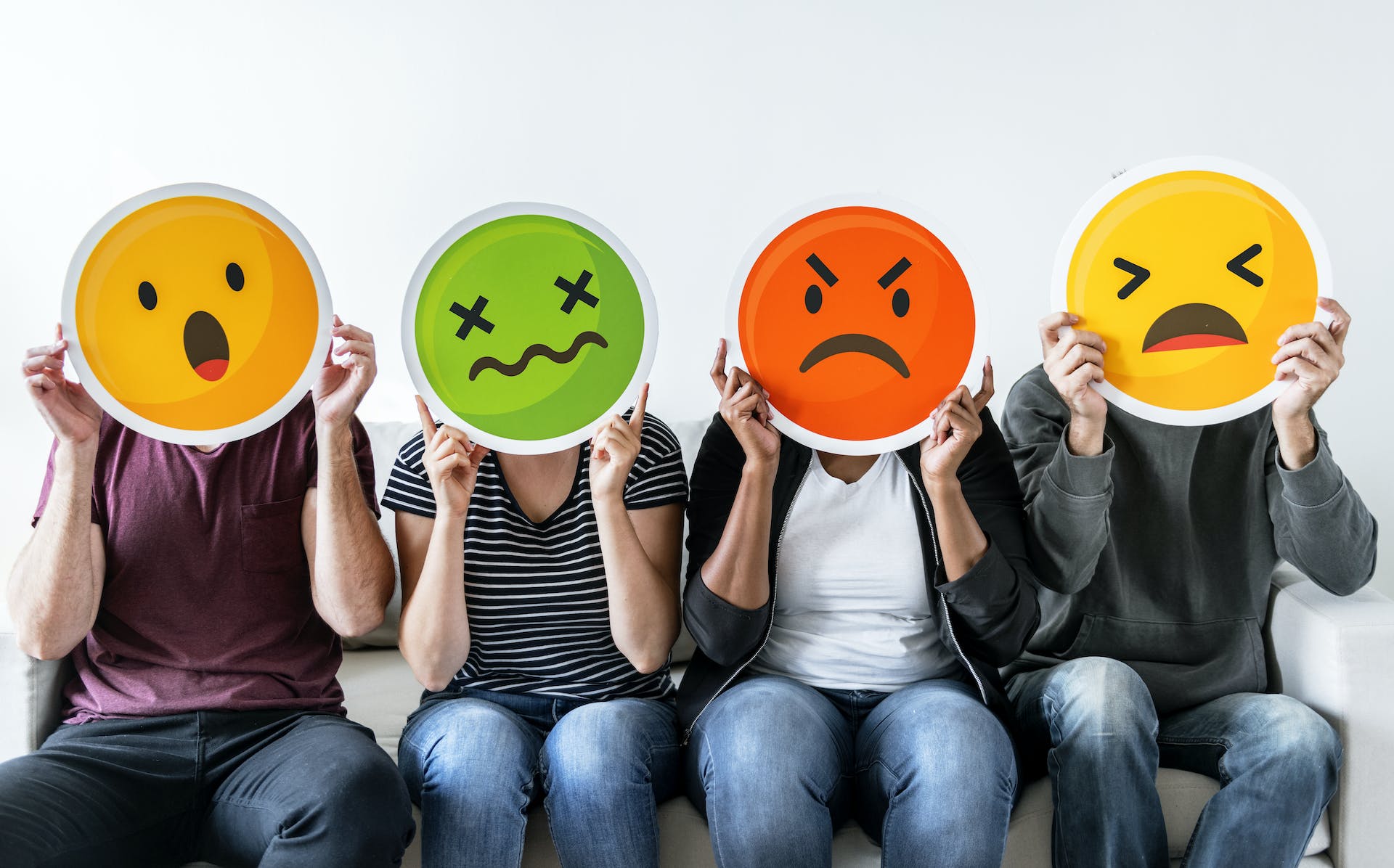
Wanlee Prachyapanaprai/iStock via Getty Images Plus
Monica Wang, Boston University
The global anti-vaccine movement and vaccine hesitancy that accelerated during the COVID-19 pandemic show no signs of abating.
According to a survey of U.S. adults, Americans in October 2023 were less likely to view approved vaccines as safe than they were in April 2021. As vaccine confidence falls, health misinformation continues to spread like wildfire on social media and in real life.
I am a public health expert in health misinformation, science communication and health behavior change.
In my view, we cannot underestimate the dangers of health misinformation and the need to understand why it spreads and what we can do about it. Health misinformation is defined as any health-related claim that is false based on current scientific consensus.
False claims about vaccines
Vaccines are the No. 1 topic of misleading health claims. Some common myths about vaccines include:
- Their supposed link with human diagnoses of autism. Multiple studies have discredited this claim, and it has been firmly refuted by the World Health Organization, the National Academies of Sciences, Engineering and Medicine, the American Academy of Pediatrics and the Centers for Disease Control and Prevention.
- Concerns with the COVID-19 vaccine leading to infertility. This connection has been debunked through a systematic review and meta-analysis, one of the most robust forms of synthesizing scientific evidence.
- Safety concerns about vaccine ingredients, such as thimerosal, aluminum and formaldehyde. Extensive studies have shown these ingredients are safe when used in the minimal amounts contained in vaccines.
- Vaccines as medically unnecessary to protect from disease. The development and dissemination of vaccines for life-threatening diseases such as smallpox, polio, measles, mumps, rubella and the flu has saved millions of lives. It also played a critical role in historic increases in average life expectancy – from 47 years in 1900 in the U.S. to 76 years in 2023.
The costs of health misinformation
Beliefs in such myths have come at the highest cost.
An estimated 319,000 COVID-19 deaths that occurred between January 2021 and April 2022 in the U.S. could have been prevented if those individuals had been vaccinated, according to a data dashboard from the Brown University School of Public Health. Misinformation and disinformation about COVID-19 vaccines alone have cost the U.S. economy an estimated US$50 million to $300 million per day in direct costs from hospitalizations, long-term illness, lives lost and economic losses from missed work.
Though vaccine myths and misunderstandings tend to dominate conversations about health, there is an abundance of misinformation on social media surrounding diets and eating disorders, smoking or substance use, chronic diseases and medical treatments.
My team’s research and that of others show that social media platforms have become go-to sources for health information, especially among adolescents and young adults.
However, many people are not equipped to maneuver the maze of health misinformation.
For example, an analysis of Instagram and TikTok posts from 2022 to 2023 by The Washington Post and the nonprofit news site The Examination found that the food, beverage and dietary supplement industries paid dozens of registered dietitian influencers to post content promoting diet soda, sugar and supplements, reaching millions of viewers. The dietitians’ relationships with the food industry were not always made clear to viewers.
Studies show that health misinformation spread on social media results in fewer people getting vaccinated and can also increase the risk of other health dangers such as disordered eating and unsafe sex practices and sexually transmitted infections. Health misinformation has even bled over into animal health, with a 2023 study finding that 53% of dog owners surveyed in a nationally representative sample report being skeptical of pet vaccines.
Health misinformation is on the rise
One major reason behind the spread of health misinformation is declining trust in science and government. Rising political polarization, coupled with historical medical mistrust among communities that have experienced and continue to experience unequal health care treatment, exacerbates preexisting divides.
The lack of trust is both fueled and reinforced by the way misinformation can spread today. Social media platforms allow people to form information silos
By tailoring content based on past interactions, social media algorithms can unintentionally limit your exposure to diverse perspectives and generate a fragmented and incomplete understanding of information. Even more concerning, a study of misinformation spread on Twitter analyzing data from 2006 to 2017 found that falsehoods were 70% more likely to be shared than the truth and spread “further, faster, deeper and more broadly than the truth” across all categories of information.
How to combat misinformation
The lack of robust and standardized regulation of misinformation content on social media places the difficult task of discerning what is true or false information on individual users. We scientists and research entities can also do better in communicating our science and rebuilding trust, as my colleague and I have previously written. I also provide peer-reviewed recommendations for the important roles that parents/caregivers, policymakers and social media companies can play.
Below are some steps that consumers can take to identify and prevent health misinformation spread:
- Check the source. Determine the credibility of the health information by checking if the source is a reputable organization or agency such as the World Health Organization, the National Institutes of Health or the Centers for Disease Control and Prevention. Other credible sources include an established medical or scientific institution or a peer-reviewed study in an academic journal. Be cautious of information that comes from unknown or biased sources.
- Examine author credentials. Look for qualifications, expertise and relevant professional affiliations for the author or authors presenting the information. Be wary if author information is missing or difficult to verify.
- Pay attention to the date. Scientific knowledge by design is meant to evolve as new evidence emerges. Outdated information may not be the most accurate. Look for recent data and updates that contextualize findings within the broader field.
- Cross-reference to determine scientific consensus. Cross-reference information across multiple reliable sources. Strong consensus across experts and multiple scientific studies supports the validity of health information. If a health claim on social media contradicts widely accepted scientific consensus and stems from unknown or unreputable sources, it is likely unreliable.
- Question sensational claims. Misleading health information often uses sensational language designed to provoke strong emotions to grab attention. Phrases like “miracle cure,” “secret remedy” or “guaranteed results” may signal exaggeration. Be alert for potential conflicts of interest and sponsored content.
- Weigh scientific evidence over individual anecdotes. Prioritize information grounded in scientific studies that have undergone rigorous research methods, such as randomized controlled trials, peer review and validation. When done well with representative samples, the scientific process provides a reliable foundation for health recommendations compared to individual anecdotes. Though personal stories can be compelling, they should not be the sole basis for health decisions.
- Talk with a health care professional. If health information is confusing or contradictory, seek guidance from trusted health care providers who can offer personalized advice based on their expertise and individual health needs.
- When in doubt, don’t share. Sharing health claims without validity or verification contributes to misinformation spread and preventable harm.
All of us can play a part in responsibly consuming and sharing information so that the spread of the truth outpaces the false.![]()
Monica Wang, Associate Professor of Public Health, Boston University
This article is republished from The Conversation under a Creative Commons license. Read the original article.






